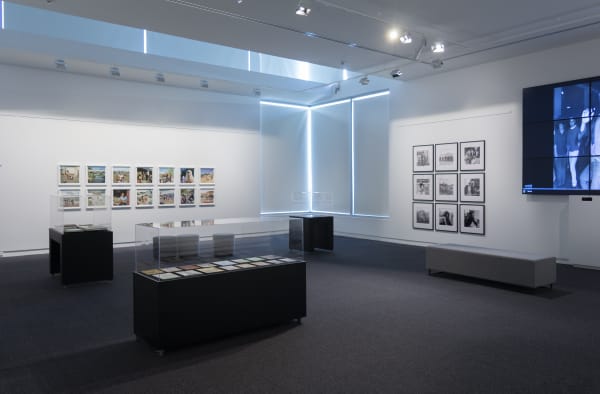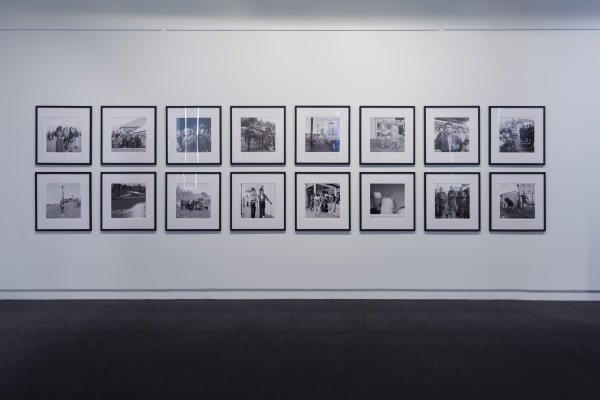Ans Westra | After HANDBOEK: Te Awahou Nieuwe Stroom, Foxton
Born in 1936 in Leiden, the Netherlands, Anna Jacoba (Ans) Westra came to Aotearoa New Zealand in 1957. In a few short years she was to commence her life-long photographic journey documenting the lives and cultures of New Zealanders during a period of cultural, social, and generational change.
The comfortable conformity of the late 40s and 50s in New Zealand was about to be disturbed by the increasing post-war arrival of European migrants and, more importantly, the urban shift of Māori, which gained momentum in the 1950s. New Zealanders were far from prepared to accommodate the difficulties accompanying those challenges to their homogenous cultural, social, and institutional frameworks.
Ans Westra’s arrival in Aotearoa New Zealand coincided with that shift and the resultant changes and tensions that have characterised and continue to characterise our social and cultural landscape. It was a time when Māori and Pākehā had to interact widely for the first time. This did happen on a street level or at such communal events as the Ngāruawāhia regatta, even if middle or upper middle class New Zealand citizens largely ignored and remained protected from such a situation. It is in this context that Ans’s work, particularly her early work, needs to be considered. 60 years on, Washday at the pa, one of Westra’s many ‘photo-stories’, still continues to loom large in any discussion of her work, if only to illustrate the fraught territory of the documentary tradition. Perhaps, inadvertently, Ans’s work had become a kind of barometer of a changing relationship between Māori and Pākehā. Washday at the pa remains a stake in the ground, marking the complexity of race relationships in Aotearoa New Zealand.
The images in this exhibition, selected from BWX’s 2004 exhibition and book, Handboek, take us through a remarkable photographic journey and allow us all to view or review our own position vis-a-vis the stories that the journey conveys.
Luit Bieringa















